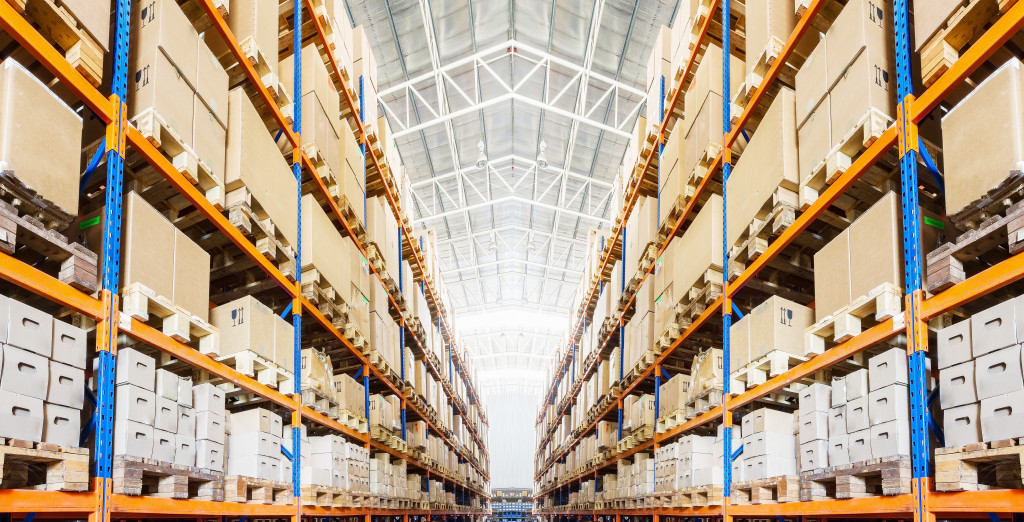- Provide staff with proper training and certification before beginning any warehouse job.
- Implement monthly safety training sessions.
- Utilize technological solutions such as motion-sensing cameras and warning systems.
- Perform regular equipment maintenance checks and repairs.
- Require employees to wear protective gear.
Warehouses are highly active work environments that require employees to be alert and aware of their surroundings at all times. Unfortunately, because of the fast-paced nature of warehouse operations, there is an increased risk of workplace accidents. To ensure employee safety, warehouse managers should take steps to create a safe and healthy work environment. Here are five critical tips for promoting warehouse employee safety.
Proper Training and Certification
Before beginning any job in the warehouse, employees must be given proper training on how to operate machinery safely, lift heavy objects, and navigate the workspace. Ensuring employees have obtained OSHA certification is essential for reducing the risk of workplace injuries.
Having certified workers minimizes the chances of an incident occurring due to improper practices or a lack of knowledge about safety protocols. You can ensure that your employees are well aware of the proper navigation in the warehouse by:
Implementing monthly safety training sessions
In these sessions, they will be given a chance to brush up on their safety knowledge, be reminded of and learn about new protocols, and ask any questions they may have.
Creating Visible Signage
Visible signage is an effective way to remind workers that certain areas are a potential hazard or off-limits. Post signs in high-traffic areas with reminders of proper lifting techniques and other rules that must be followed in the warehouse.
Employing Technological Solutions
With the rise of technology, there is now a range of solutions available to warehouse managers to help promote employee safety. Motion-sensing cameras, automated equipment, and warning systems can all help reduce the risks associated with working in a warehouse environment.
Encourage Communication and Reporting
In addition to proper training and safety protocols, it is also essential to encourage employees to communicate openly with managers about any potential hazards they may encounter in the workplace.
Equipment Maintenance

The warehouse equipment can often become outdated or malfunction as time passes. Neglecting to maintain or repair this equipment could lead to severe accidents if not addressed immediately. Warehouse managers should conduct regular maintenance checks and perform repairs as needed to ensure all equipment is functioning correctly before allowing workers back into the space. This will help reduce the chances of an accident occurring due to faulty machinery or broken parts.
One of the leading causes of accidents in the workplace is faulty aerial lifts. Various accidents using aerial lifts could occur due to lack of maintenance or improper use. To minimize the risk of accidents, managers should inspect aerial lifts and other equipment for signs of wear and tear regularly.
Safety Gear Requirements
Ensuring employees wear protective gear while working in a warehouse is essential for minimizing potential injuries that might occur while they are on the job. Providing employees with gloves, hard hats, goggles, and other protective items will help keep them safe in case of an unexpected incident involving hazardous materials or heavy lifting tasks. Access to quality first aid kits can make a difference between minor injuries becoming more severe if not treated quickly enough.
In addition, managers should make sure employees understand the importance of following safety protocols, such as wearing the proper protective gear and avoiding any activities that may be hazardous to their health.
Safety Signage and Protocols

Installing safety signage throughout the warehouse can remind workers of necessary protocols that must be followed while onsite. Posting signs around hazardous materials or near areas where forklifts are being operated can serve as a visual reminder for workers to stay alert and follow guidelines closely to avoid potential injuries or incidents from occurring due to negligence or carelessness. Some of the common signs used in warehouses include “No smoking,” “Wear protective gear,” or “Keep exit clear.”
Regular Inspections
Conducting regular inspections at least once a month will allow managers to identify any potential risks that could lead to severe accidents within their warehouse space quickly and effectively before it’s too late. During these inspections, they should look out for anything that might pose a threat, such as uneven flooring surfaces, damaged equipment, loose wires hanging around areas where people need access too often, etc., so they can address them right away before they become more severe issues down the road.
Taking proactive measures to promote employee safety in your warehouse is essential for protecting your staff from harm and avoiding costly lawsuits stemming from unsafe working conditions down the line! By following these five tips, you can create an environment where everyone feels safe while still being productive at their jobs!






